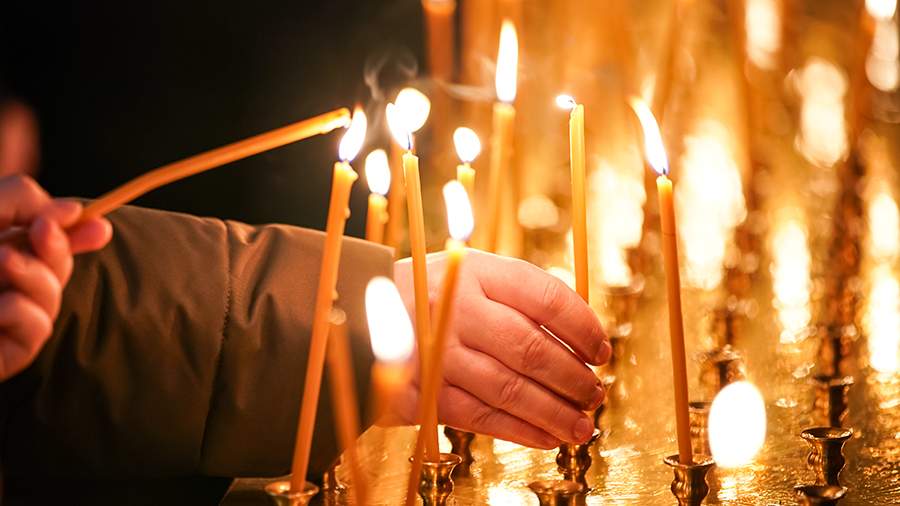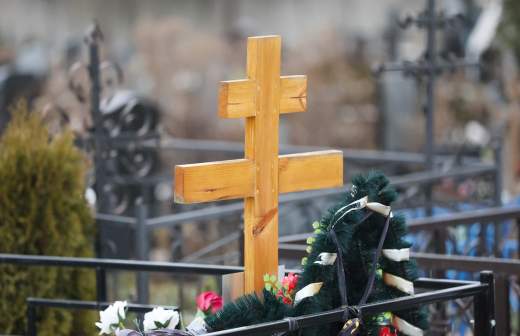April 1 is the feast of the Smolensk Icon of the Virgin Mary "Tenderness": the history and meaning of the image
- Новости
- Local news
- April 1 is the feast of the Smolensk Icon of the Virgin Mary "Tenderness": the history and meaning of the image

Every year on April 1, the Orthodox Church honors the memory of the Smolensk Icon of the Mother of God "Tenderness", one of the most ancient holy images in Russia. 2025 marks 922 years since it was acquired. Read about what the icon is known for and how it helps in the Izvestia article.
Feast of the Smolensk Icon of the Virgin Mary "Tenderness" in 2025 — history
The origin of the Smolensk icon "Tenderness" remains a mystery to this day. It is believed that the phenomenon of this image occurred in 1103 in Smolensk. According to one version, he was brought to Russia from Georgia, according to another, he was found lying in a well. For a long time, the icon was kept in the Church of the Assumption of the Blessed Virgin Mary, founded in 1101 by Vladimir Monomakh. However, her "finest hour" came only five centuries later.
In 1609-1611, during the Polish intervention, Smolensk was attacked by Polish troops. The invaders hoped to quickly break the resistance of the townspeople, but thanks to the talent and courage of governor Mikhail Shein, the city turned into an impregnable fortress. The siege lasted for almost two years, and all this time the Smolensk garrison of about 5.5 thousand people held back the onslaught of the 25 thousandth army.
According to legend, the Smolensk Icon of the Mother of God "Tenderness", which was located in the camp of voivode Shein, played an important role in this. In front of her, soldiers and ordinary townspeople asked the Virgin for intercession and help. It is believed that it was thanks to the patronage of the Virgin Mary that the city was saved from complete ruin.
Since then, the Smolensk icon has been revered as miraculous. It is now kept in the Church of the Savior on the Trenches in Smolensk. In 2023, there was a magnificent celebration of the 920th anniversary of the shrine.
The meaning of the Smolensk Icon of the Mother of God "Tenderness"
The iconographic type of "Eleusa" or, as it is often called in Russia, "Tenderness", has been known since the 9th–10th centuries — it was then that the corresponding inscription began to appear on some Byzantine frescoes and icons depicting the Virgin and Child of Christ. Such iconography became widespread later, already in the 11th century.
The main theme of any variation of "Tenderness" is love. In such images, the closeness of Mother and Son is most clearly visible: there is practically no distance between the Virgin and Christ, and their gestures are full of tenderness, which can only be shared by a parent and a child. At the same time, "Eleusa" often contains a reminder of the Savior's future sufferings on the cross, which are an expression of the Son of God's love for humanity.
On the Smolensk icon, the Mother of God looks with emotion at the Baby Jesus lying in the folds of her robe. The Virgin Mary holds both hands to her chest, while her son holds out a power orb in his open palm, a symbol of power and strength. In this way, the holy image combines a woman's love for her child and an indication of the divine nature of Christ.
Smolensk icon of the Virgin Mary "Tenderness" — what helps
In the Orthodox tradition, the Mother of God is considered the main intercessor of the human race before God. Therefore, in front of her image, you can ask for help in any matter, for support in difficult times, the resolution of doubts and the satisfaction of sorrows.
The Smolensk Icon of the Mother of God "Tenderness" is especially revered by women. They pray in front of her for the health and well-being of children, the birth of a healthy baby, family happiness and the restoration of harmony in the house. The Mother of God is also asked for help in difficult life circumstances, in case of illness of a loved one or to assuage sorrows.
Earlier, Izvestia told what the Vilna Icon of the Mother of God is known for and how it helps worshippers.
Переведено сервисом «Яндекс Переводчик»


